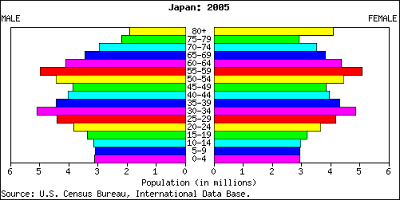A long one, just like the walk...
Categories: Population, s1 and s2, Advanced Higher

 This drag and drop will be primarily about the consequences of certain population structures and this will lead on to how governments respond to these challenges. We've already raised the one child policy in class, and as with last year, I'll try to bring this article into the discussion, maybe playing devils advocate. I think it's important that we recognise that, yes, there are human rights conflicts with the policy, but not without appreciating the reasons behind its introduction. I'll then use some video for you to develop your case study- Why was the policy introduced? What were the key elements of the policy? How has it changed? How succesful has it been?
This drag and drop will be primarily about the consequences of certain population structures and this will lead on to how governments respond to these challenges. We've already raised the one child policy in class, and as with last year, I'll try to bring this article into the discussion, maybe playing devils advocate. I think it's important that we recognise that, yes, there are human rights conflicts with the policy, but not without appreciating the reasons behind its introduction. I'll then use some video for you to develop your case study- Why was the policy introduced? What were the key elements of the policy? How has it changed? How succesful has it been?
s1 are doing a bit of direction work. We tried the google map exercise and today's class best distance was 12.59 miles for the route ( which I've wiped from the map, as well as readjusting a couple of placemarks :-0 ). I'll probably have to use one PC tomorrow, as we won't get the library, but I'll show you how to do this exercise in Google Earth, and we'll see how many pairs we can fit in to the period. I also thought that this might be quite a nice homework exercise.
My weekly s4 period is tomorrow, and I know you have been working on development indicators. I'll probably start off by using happy cards, which were a product of Tony Cassidy quite some time ago now. Development might mean differences in quality of life, but it's still incredibly hard to measure this against how people feel about their own situations. I'll then release a bit more about each country to see if we can account for differences in development before completing some questions. I might give out a homework as well asking you to compare countries' development. While looking at some of this work tonight, I was reminded about the Happy Planet Index. You can do a personal Happy index. Mine's wasn't too good, think I'll have to be kind to myself at the weekend... :-)




0 Comments:
Post a Comment
<< Home